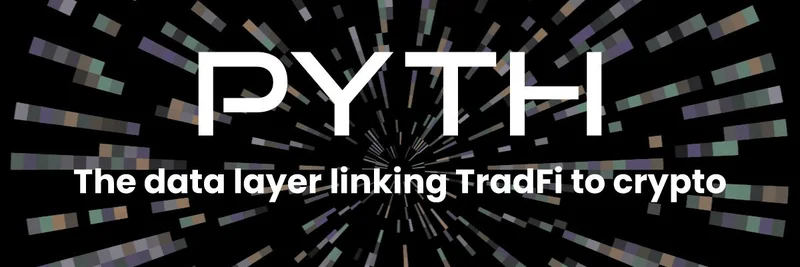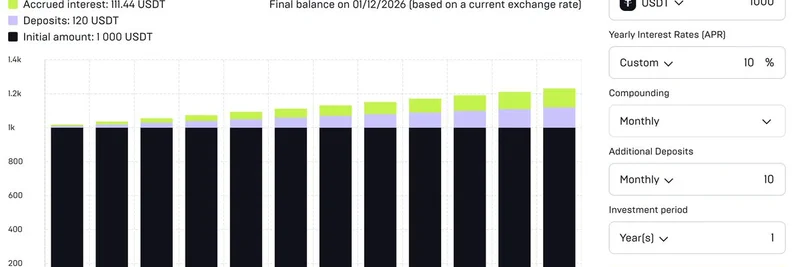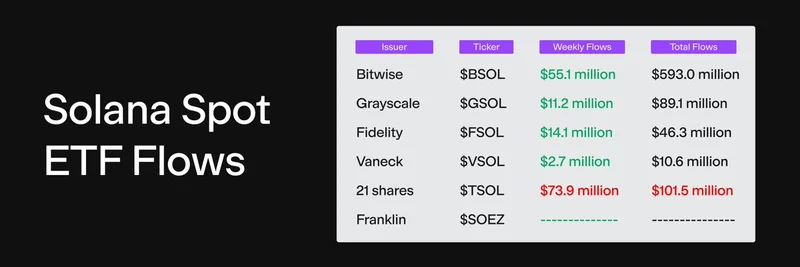If you've been scrolling through crypto Twitter lately, you might have caught a thread from @blocmatesdotcom highlighting Pyth Network's big moves. They're calling it the data layer that's finally connecting traditional finance (TradFi) to the wild world of crypto. As someone who's knee-deep in the meme token scene here at Meme Insider, I wanted to dive into this and see what it means for the tokens we all love to hype.
Why Oracles Matter in Crypto (and for Memes)
First off, let's break down what an oracle is—think of it as the messenger that brings real-world data into blockchains. Without oracles, smart contracts couldn't know the price of Bitcoin, a stock, or even your favorite dog-themed meme coin. Legacy oracles often scrape data from the web, which can be slow, inaccurate, or downright unreliable, leading to issues like delayed trades or unfair liquidations in DeFi protocols.
Pyth flips the script by pulling data straight from over 120 first-party publishers—like exchanges, trading desks, and market makers. This means fresher, more accurate prices delivered in sub-seconds. It's already live on more than 100 blockchains and handles over 2,000 price feeds. For meme tokens, which thrive on volatility and quick pumps, having spot-on pricing is a game-changer. It helps prevent those sketchy manipulations and ensures fairer trading on DEXes.
Pyth's Architecture: How It All Works
Pyth's setup is pretty clever. Publishers submit prices along with a "confidence interval"—basically, a range showing how sure they are about the data. These get aggregated on Pythnet, a Solana-powered blockchain, into a single, transparent price. Unlike black-box systems in TradFi, everything here is out in the open, so devs and traders can trust the process.
One cool feature is the "pull model." Instead of constantly pushing updates (which clogs blockchains), apps only pull the data when needed. This makes it super efficient, especially for high-volume stuff like perpetual futures or lending platforms where meme tokens often get leveraged.
Compared to big names like Chainlink, Pyth stands out with its direct sourcing and faster updates. Chainlink's great for some use cases, but Pyth's edge in speed and cost could make it the go-to for meme-heavy ecosystems like Solana, where quick reactions to market hype are everything.
Entering the Big Leagues with Pyth Pro
The real buzz from the thread is Pyth Pro, their new subscription service aimed at institutions. It's tapping into the massive $50 billion financial data market, where giants like Bloomberg charge an arm and a leg for feeds. Pyth Pro offers clean, source-driven data via simple APIs, with transparent pricing and easy integration.
For us in the meme world, this means more institutional money flowing into crypto. Better data bridges TradFi to DeFi, potentially bringing liquidity to meme token perps, options, and even tokenized real-world assets (RWAs) that could inspire new meme narratives. Imagine meme tokens backed by real stock prices or commodities—Pyth's expansion to equities and FX makes that possible.
The Meme Token Angle: Opportunities and Edge
Meme tokens aren't just jokes; they're often the entry point for retail traders into DeFi. Pyth's reliable feeds power platforms like Jupiter or Raydium on Solana, where a ton of memes launch. With Pyth, these platforms get accurate prices to handle liquidations, swaps, and more without the lag that could kill a pump.
Looking ahead, as Pyth grows its publisher network (recently adding Blue Ocean for 24/5 U.S. equity data), meme creators could experiment with hybrid tokens tied to TradFi assets. Think a meme coin that tracks Tesla stock volatility—fun, viral, and now feasible with Pyth's data layer.
Tokenomics-wise, Pyth's PYTH token has a 10 billion supply, with big chunks for ecosystem growth and publisher rewards. If adoption spikes, that could mean more value accruing to holders, indirectly boosting the ecosystems where memes thrive.
Wrapping It Up
The @blocmatesdotcom thread and their full deep dive paint Pyth as a sleeping giant waking up. For meme token enthusiasts, it's exciting because better oracles mean smoother, safer, and more innovative plays in DeFi. Keep an eye on Pyth—it's not just linking TradFi to crypto; it's supercharging the meme economy too. What do you think—will this spark the next big meme meta? Drop your thoughts in the comments!



